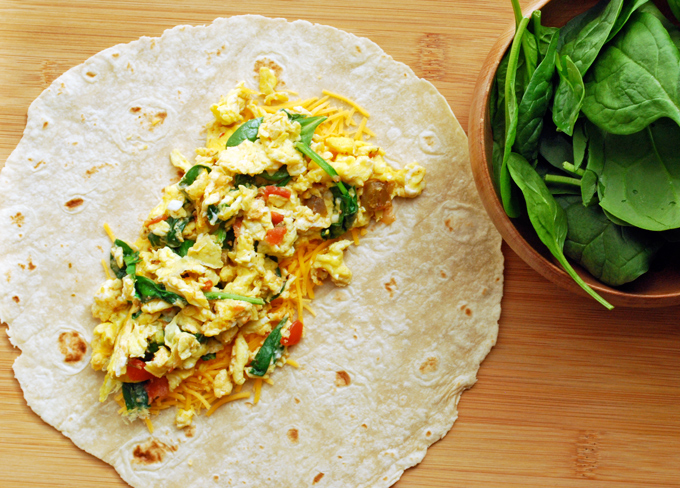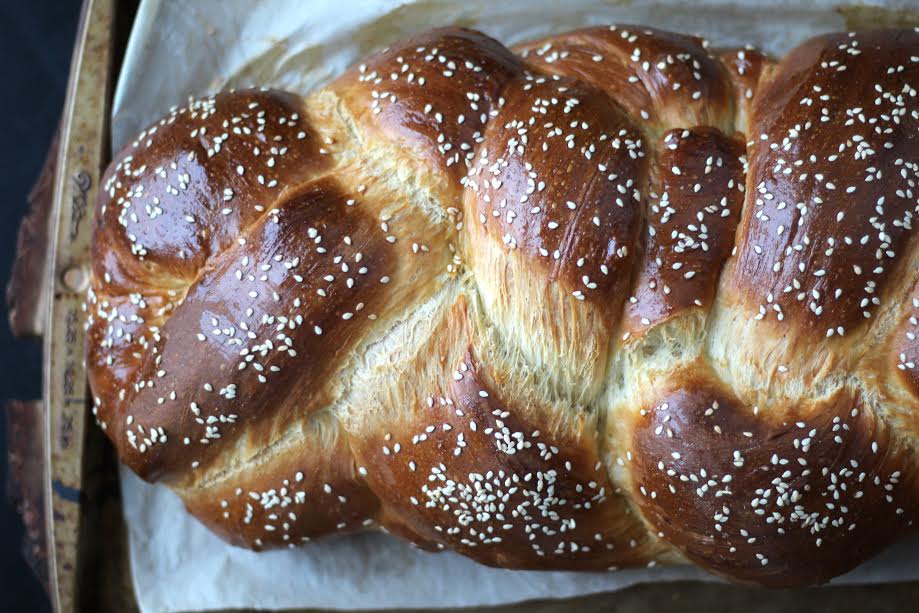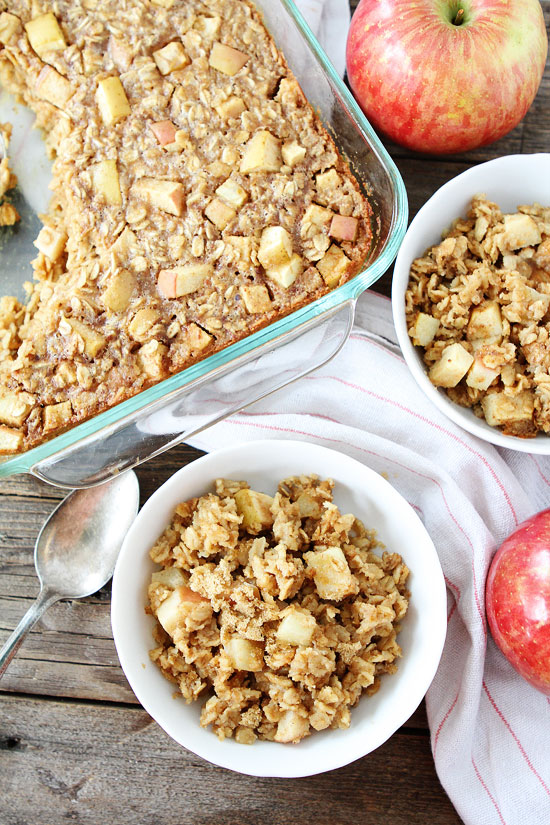How to time your carb intake to maximize performance
The carbo-load shouldn't begin in the hour leading up to the gun


Carbohydrates have been given a bad name with the growing popularity of the ketogenic diet, and the push for low carbohydrate, high-fat diets. For those who are still working carbohydrates into their diets, even if in small doses, it’s important to note that all carbohydrates aren’t created equal, and furthermore, the timing of your intake matters. The carbo-load shouldn’t begin in the hour leading up to the gun.
Melissa Piercell, ND, says that the timing of your carbohydrate intake is key to maximizing its effect on your workout or race. There’s a big difference between slow and fast-releasing carbs nutritionally, and they serve a different purpose in your diet.
RELATED: Fat adaptation: what does it mean for runners?

Piercell says, “Starches give us easy fuel, which is why starches are so important before exercise. Within three hours of exercise you want to eat a slow-releasing carb.” Examples of slow releasing carbs are brown rice, quinoa, black beans, or steel cut oats. Piercell explains that what makes them slow-releasing is that they have a lot of fiber, which is great, but they can also cause stomach disruption when eaten too close to race time.
When asked about which carbohydrate sources are the best in terms of slow-releasing starches, Piercell recommends things like: whole grain bread, sweet potato, chickpea or lentil pasta, and seeded crackers.
RELATED: Gut-training can decrease gastrointestinal symptoms in ultrarunning events
She continues, “Right before your exercise is the time for a quick-releasing starch. It’ll be available quickly but without all the gas of a slow-releasing starch.” Candy is an example of a fast-releasing starch, but Piercell encourages runners go to for something a little healthier. “Really there’s never a good time for a Skittle. A date would be a good example of quickly available energy without it being full of junk.”

Other good examples of quick-releasing starches are rice crackers, juices, chews or gels. However, none of these foods are sustainable energy. A fast-releasing starch will only provide roughly 15 to 20 minutes of quick energy.
Piercell reminds that everyone is different, and encourages runners to practice fueling tactics leading up to race day or big training efforts to learn what works for them.

